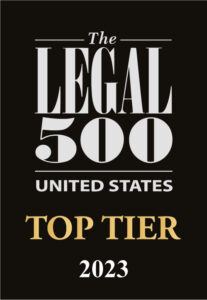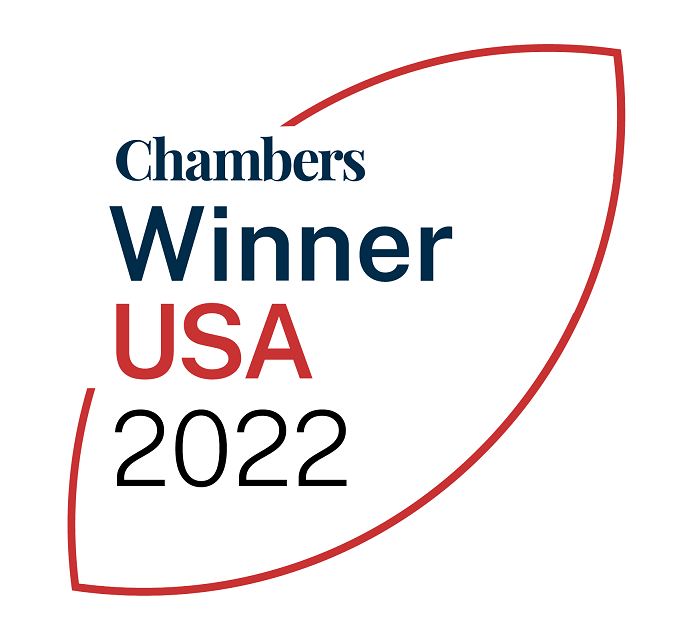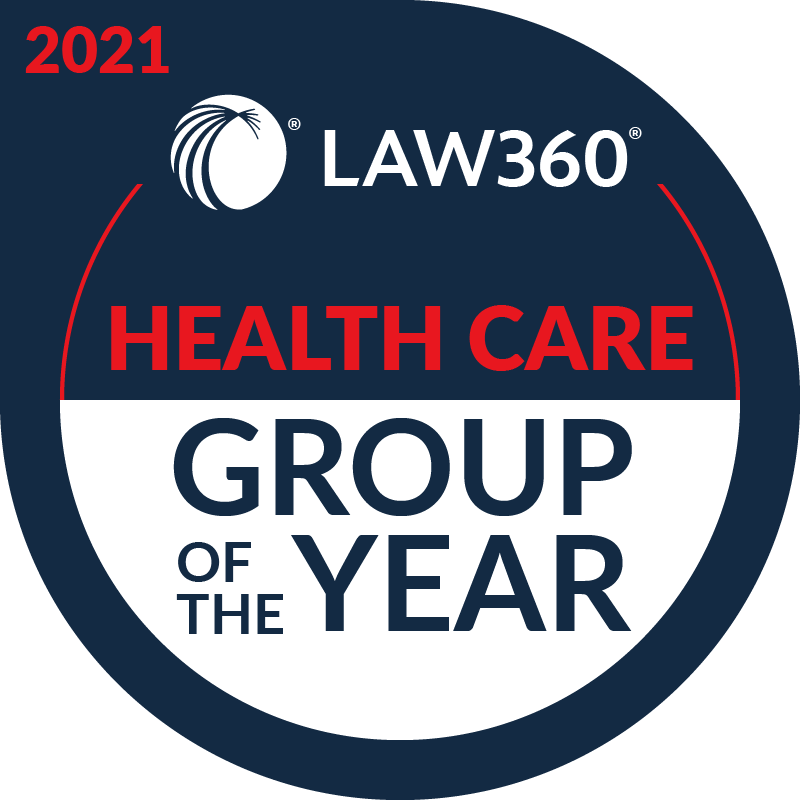Specialty pharmacy is not going away any time soon – by 2020, it’s expected that the pharmacy industry’s revenue will exceed $483 billion, with almost all growth as a result of specialty drugs (high-cost medications used to treat chronic conditions, such as cancer). It’s also estimated that the next generation of pharmaceutical “blockbusters” will be primarily specialty products. As the make-up of the pharmaceutical market shifts, we’re also seeing changes with the role of pharmacy benefit managers and other medical groups in the process. How are these shifts in specialty pharmacy impacting the health care system as a whole?
We asked Karen Gibbs, McDermott partner and former VP and Senior Counsel at CVS, to share her expertise on the subject and her thoughts on what’s to come.
Q. Investments in niche sectors of pharmacy services, specialty pharmacy and pharmacy benefit management have gained huge traction recently. What’s driving the shift away from more traditional pharmacies?
A. Traditional pharmacies are retail establishments and have been suffering from the same earnings pressure that all retail establishments have endured. Pharmacy benefit managers (PBMs) typically own mail and specialty pharmacy operations, which generate revenue in a manner complementary to that derived from the pharmacy benefit management services. The margin on specialty pharmacy and PBM services is significantly more than retail pharmacy.
Q. How are trends in hospital consolidation and acquisition of independent physicians/groups impacting the specialty pharmacy landscape?
We’ve seen increased interest on the part of both hospitals and physician groups in owning their own specialty pharmacy operations. On the physician side, Stark can be an issue. State pharmacy laws can also pose challenges, depending upon the desired model. As hospitals consolidate physician practices, there has been some movement to establish specialty pharmacies that are designed to capture prescriptions associated with newly discharged patients and patients whose care is managed by the employed physicians. Of course, those pharmacies need to be part of the patient’s third-party payer network, and the patients must choose to receive their pharmaceutical care from the pharmacies in order for the model to work.
Q. A report from the AARP’s Public Policy Institute found a 9.6 percent increase for specialty drugs and a 15.5 percent boom in list price costs for branded drugs in 2015, while generic drug costs dropped nearly 20 percent that same year. What’s causing this, and what might we expect to see in 2018?
A. The costs of specialty drugs will likely continue to increase, although manufacturers are generally mindful of public perceptions around significant price increases and the attention that they may attract from Congress and government agencies.
We thank Karen for sharing her insight, and look forward to continuing the conversation around specialty pharmacy and health care in our blog series.






